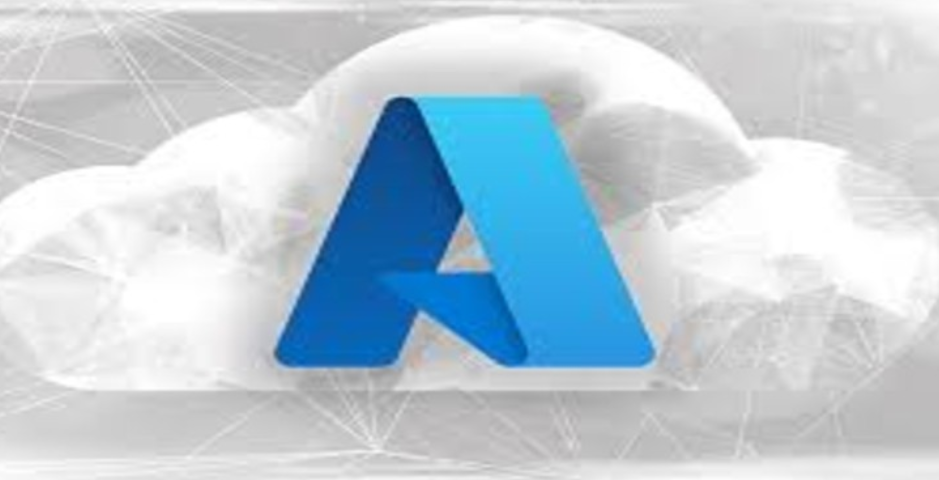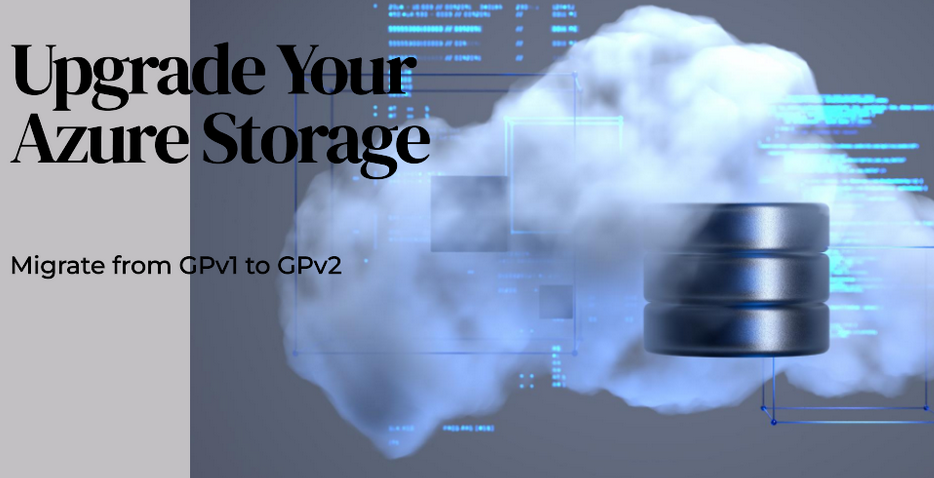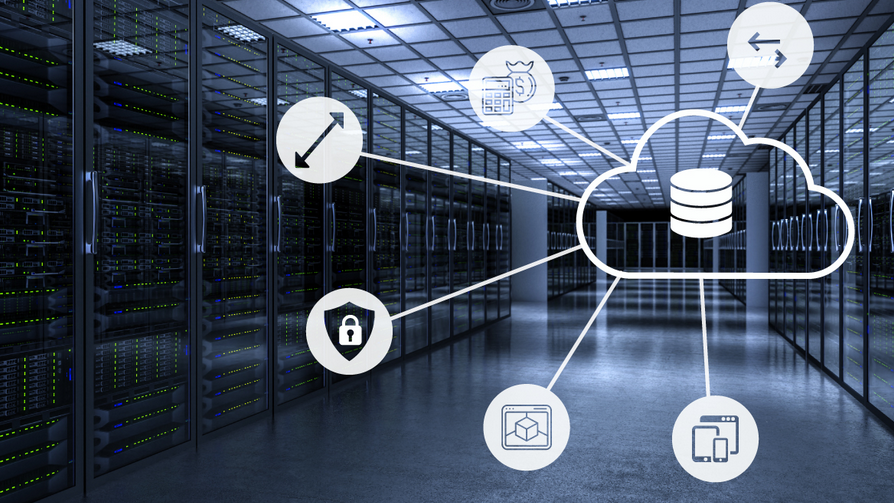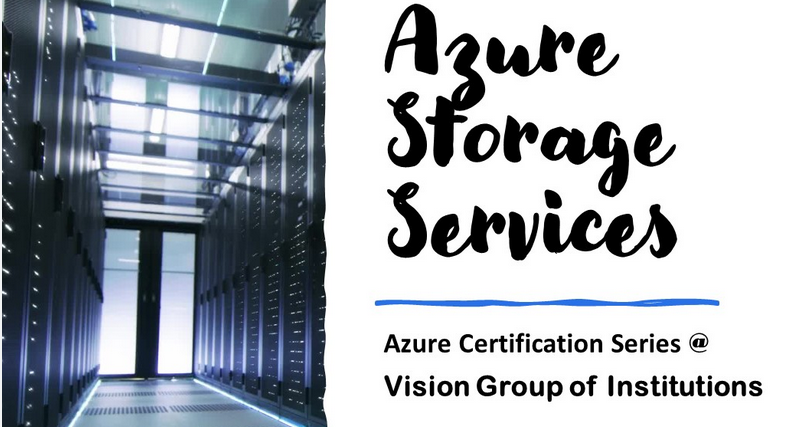In this chapter, we will cover the most important configuration items you need when you deploy the SDDC and configure a hybrid cloud environment.
You will find a detailed description of the configuration steps and items from previous chapters of this book.
Purchasing and onboarding
When purchasing the service and preparing for the first SDDC deployment, you need to choose a couple of options. These options may have a large impact on the further operations of the service, so make sure your choices are well thought out, as you will not be able to change some of them moving forward.
Purchasing and funding
When purchasing the service, you can select one of the following options:
- A direct VMware purchase
- AWS resell
- Purchasing through a Managed Service Provider (MSP)
VMware Cloud on AWS supports all three routes to the market. Depending on your purchase strategy, you may find one or other better suited to your needs.
Note
Some services available for VMware Cloud on AWS can only be purchased directly from VMware, for example, Microsoft host-based licenses for workloads on VMware Cloud on AWS.
When purchasing from VMware, you can choose how you want to pay for the service:
- VMware Purchasing Programs: You can select from a different range of programs, most of them offering so-called Credits. You can use credits toward payment for VMware Cloud on AWS. Consult a VMware sales representative to get more details about available programs. (More details on VMware Purchasing Programs can be found here: https://customerconnect.vmware.com/web/vmware/spp-landing.)
- Pay by invoice: You can activate pay by invoice using the VMware Cloud Console.
- Pay with a credit card: Applicable for small purchases up to $25,000.
Consumption options
When deploying VMware Cloud on AWS SDDC, you have a choice between the following:
- Subscription: Your commitment to buy a certain amount of host capacity for a defined period. When purchasing a subscription, you select the AWS Region, host type, and the number of hosts. You can pay upfront or monthly. If purchasing from VMware or AWS, you can select the following:
- Flexible subscription: The terms of the subscription (number of hosts, region, host types) can be changed over time (limitations apply)
- Standard subscription: The terms of the subscription are fixed and cannot be changed
- On-demand: You can run VMware Cloud on AWS SDDC using on-demand prices. You are free to select the region, host type, and the number of hosts.
Typically, a standard 3-year term subscription is the most cost-effective option, while on-demand prices are the highest. Depending on your use case, one or another option might work better. In our experience, a flexible subscription is the right balance between flexibility and cost savings.



